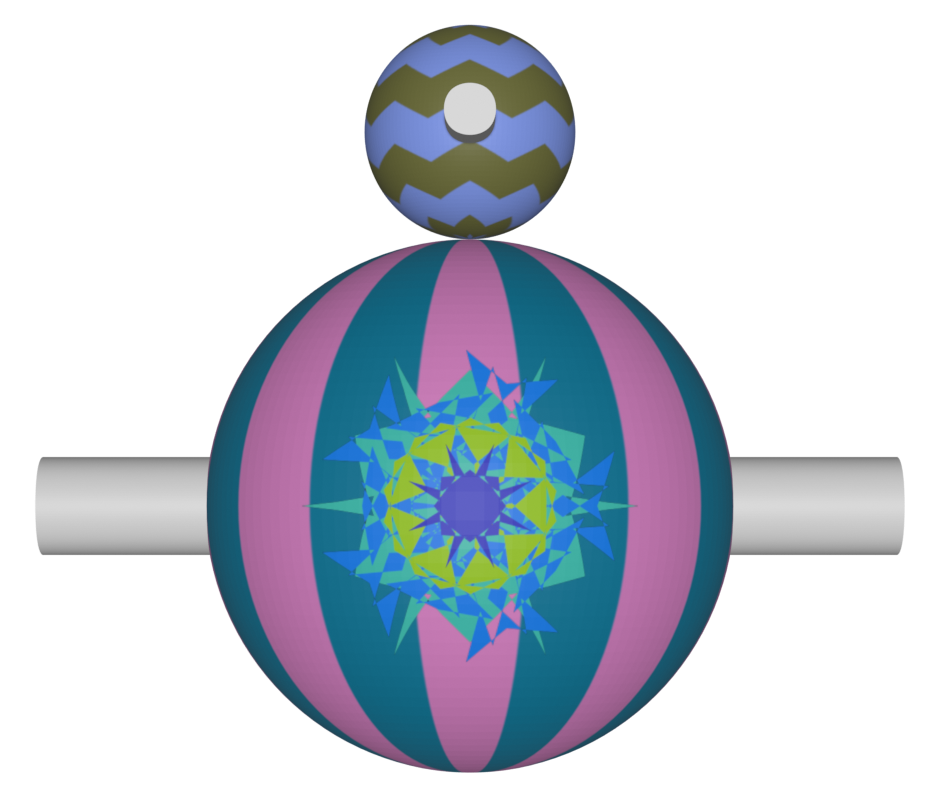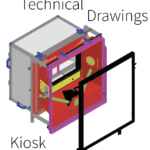Experimental Tools
Experiments in our lab utilize several hardware tools, software frameworks and image material that are complex and required custom development. On this site we gather some of these tools and make them available under a public license for anyone interested in using them. Please refer to this website if you happen to publish manuscripts using any of these tools (see also the Open Source Licensing of the Materials).
The Multi-Task Unified Suite for Experiments is a Unity3D software suite controlling behavior of multiple psychological tasks in single testing sesions for monkeys and humans. M-USE’s mission is to enhance the assessment of multiple cognitive domains with game like tasks. Key features of M-USE include customizable tasks, multi-task assessment, quaddles, contexts, and documentation.
Quaddles are multidimensional 3D stimuli for cognitive brain research, and Quaddle 2.0 is an open source software program designed to help researchers in the field of cognitive science create and manipulate a wide range of stimuli for use in their studies. Developed using Blender, the popular 3D modeling software, Quaddle2.0 allows researchers to create complex, multi-dimensional stimuli that can be easily exported to a variety of file formats, including PNG and GLTF.
Husbandry for nonhuman primates entails enrichment programs, but only few of those programs leverage the motivational and cognitive skills of these animals. We designed and successfully tested a cage-mounted Kiosk Training Station that provides nonhuman primates with a touchscreen interface for engaging in complex cognitive task. Animals engage with the touchscreen effortlessly and with self-motivation on a daily basis.



